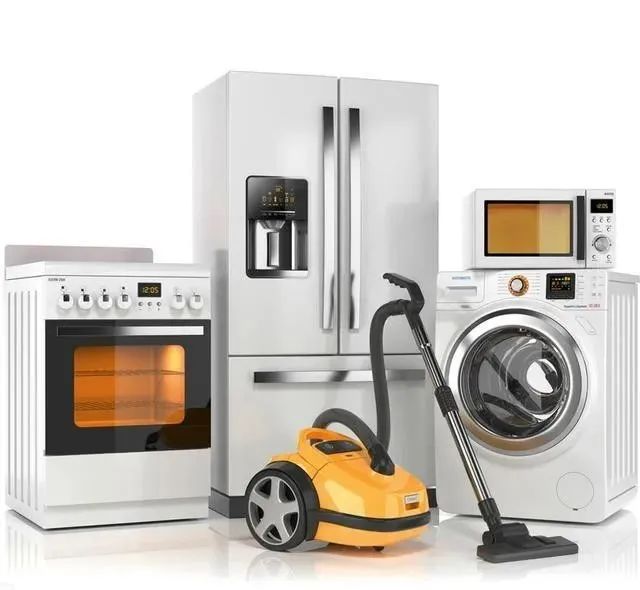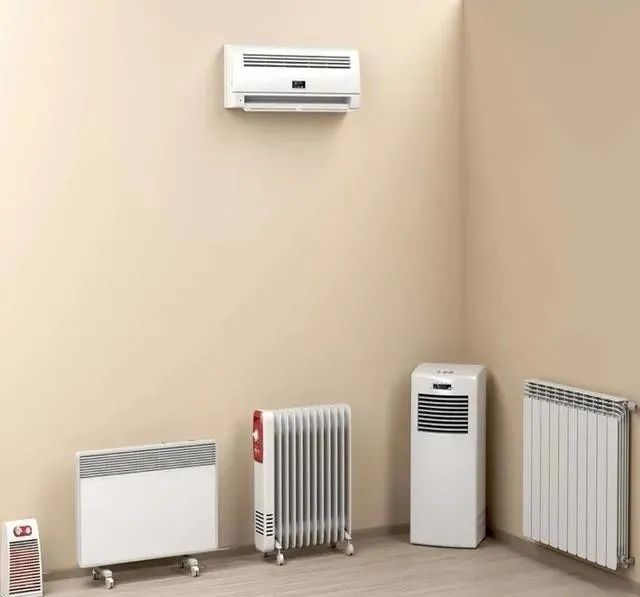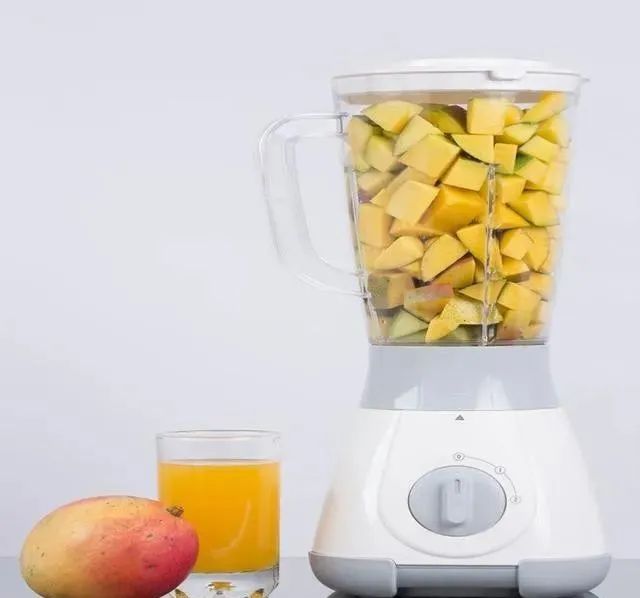Als einer der vier Allzweck-Kunststoffe verfügt PP über eine hohe chemische Stabilität, eine gute Formbarkeit, eine hervorragende Gesamtleistung und einen relativ günstigen Preis. Allerdings hat es auch eine geringe Festigkeit, Modul, Härte und Kälteschlagzähigkeit. Schlechte Festigkeit, erhebliche Schrumpfung während des Formens, schnelle Alterung und andere Nachteile.
Folglich muss es verändert werden, um es an die Anforderungen des Produkts anzupassen. PP-Materialien werden häufig durch Zugabe von Mineralien modifiziert, um die Zähigkeit zu erhöhen, die Witterungsbeständigkeit zu verbessern, mit Glasfasern zu verstärken, flammhemmend zu machen, superzäh zu machen, usw. In der Welt der Haushaltsgeräte hat jedes modifizierte PP einen Zweck. viele Anwendungen.

In the field of consumer electronics, modified PP offers several potential applications. The humanization of home appliances will be more pronounced, the product kinds will be more diverse, and conventional home appliances will be developed toward miniaturization and scale from the standpoint of home appliance technology development in the future. The need for PP is always rising as new items keep appearing on the market. There are four significant developments in modified PP:
1. PP with excellent hardness and gloss. Some household equipment, particularly tiny appliances, may use these goods in place of PS and ABS.
2. PP flame retardant devoid of halogens. With the adoption of the EU RoHS Directive, nations now place a high value on environmental protection, necessitating the urgent need to study and produce halogen-free flame-retardant PP with a wide market potential.
3. Langes, mit Glasfasern verstärktes PP. Das üblicherweise verwendete glasfaserverstärkte PP hat kurze Glasfasern, ist leicht verformbar, hat eine geringe Schlagzähigkeit und verformt sich bei Erwärmung leicht. Daher können die oben genannten Nachteile von kurzen Glasfasern und Produktoberflächen durch lange Glasfasern gelöst werden. Es kann in Gefrierschränken und Kochutensilien verwendet werden und hat eine gute Temperatur-, hohe Schlagzähigkeit und eine hohe Hitzebeständigkeit.
4. PP antimikrobiell. Ein brandneues funktionelles Polymermaterial mit bakteriziden und antibakteriellen Eigenschaften ist diese Art von Kunststoff. Er wird für den Innenbehälter der Waschmaschine und die Kunststoffteile des elektrischen Wassertanks verwendet und hat ein breites Anwendungsspektrum.

Mineral filled modified PP
The most often employed form of modification for PP is mineral loaded modification. PP basic ingredients are supplemented with calcium carbonate, talc, wollastonite, glass beads, mica powder, and other minerals. These minerals enhance the dimensional stability and impact toughness of PP materials while also lowering the molding shrinkage of PP materials, which lowers the cost of the minerals relative to the PP matrix. The price of PP materials is significantly decreased as a result of the significant difference.
Currently, the main components of mineral-filled modified PP used in household appliances are the inner tub for pulsating washing machines and drum washers, the pulsator and clothing opening, the microwave oven, the speaker horn, the horn bracket sealing strip, the refrigerator shelf, and the shell and base of rice cookers.

Modified PP with flame resistance
Viele Länder schreiben inzwischen vor, dass Materialien, die in elektronischen und elektrischen Komponenten von Haushaltsgeräten verwendet werden, flammhemmend sein müssen, um Brände zu verhindern. Wenn es um flammhemmendes PP geht, muss 63% UL94V-0 sein, 23% UL94V-2, 12% DIN4102B1 und 1% andere Flammschutzmittel.
Aufgrund der hohen Kristallinität und Entflammbarkeit von PP ist es schwierig, die von der Elektroindustrie und anderen Branchen geforderte hohe Flammwidrigkeit zu erreichen, was die Kosten in die Höhe treibt. Wenn die Gesellschaft jedoch die Mindeststandards für den Flammschutz von Kunststoffwaren verbessert, wird der Anteil von flammgeschütztem Polypropylen steigen: Die jährliche Wachstumsrate für flammgeschütztes Polypropylen beträgt derzeit 8%.
PP ist ein entflammbares Polymer, daher wird es heute auf dem Markt in der Regel mit einem Br/Sb-Verbundflammschutzmittel behandelt. Mit dem Zusatz eines Flammschutzmittels können PP-Produkte die Bezeichnung UL94V-0 erhalten und sogar Glühfadentemperaturen von 650°C oder 750°C aushalten, ohne Feuer zu fangen. Typischerweise werden Bauteile mit möglicher Verbrennungsgefahr, wie z. B. TV-Gehäuse, Waschmaschinen-Bedienfelder, Fernbedienungsgehäuse, Aquarium-Verdunstungswannen, Lüftungskanäle usw., aus diesem flammhemmend modifizierten PP-Material hergestellt.

Modifiziertes PP mit Glasfaserverstärkung
PP-Material hat in der Regel eine Zugfestigkeit von 20M-30MPa, eine Biegefestigkeit von 25M-50MPa und eine Biegestempelfestigkeit von 800M-1500MPa. PP muss mit Glasfasern verstärkt werden, bevor es in der Bauteilkonstruktion eingesetzt werden kann. In den meisten Fällen, und in einigen Fällen sogar mehr als einmal, können glasfaserverstärkte PP-Werkstoffe ihre mechanischen Eigenschaften verbessern.
The mechanical strength is equivalent to ABS and reinforced ABS products, and it has even better heat resistance. More specifically, the tensile strength ranges from 65 MPa to 90 MPa, the bending strength from 70 MPa to 120 MPa, and the bending elastic modulus from 3000 MPa to 4500 MPa.
Normal ABS and reinforced ABS can withstand heat up to a temperature of 98C, whereas glass fiber reinforced PP can withstand heat up to 135C. Its price is significantly less than that of ABS reinforced items, and it may be utilized to create axial and cross flow fans for refrigerators, air conditioners, and other refrigerators.
Um die strengen Anforderungen an die mechanischen Eigenschaften und die hohe Temperaturbeständigkeit von Reiskocherunterteilen und -griffen, Mikrowellenherden usw. zu erfüllen, kann es auch zur Herstellung von Innenwannen, Pulsatoren und Riemenscheiben von Hochgeschwindigkeitswaschmaschinen verwendet werden.

Modified PP antibacterial
Antibakterielle PP-Materialien können Bakterien, Schimmel, Hefe, Algen und sogar Viren, die Flecken auf Kunststoff hinterlassen haben, verhindern oder beseitigen. Sie bewahren auch ihre Sauberkeit, indem sie das Wachstum von Keimen verhindern.
Applications for antibacterial PP materials include interior components of household appliances, buttons, seals, and other areas that are vulnerable to mold development. The antibacterial properties of door seals, liners, fruit and vegetable boxes, etc. are emphasized in refrigerators. It’s crucial to use antibacterial button films and sewage pipes in washing machines. Small appliances concentrate on the components and buttons that come into touch with food, whereas air conditioners primarily focus on the antibacterial of air conditioning filters. Most kitchen appliances employ antibacterial chemicals on the inner tank coating, buttons, and handles for the antibacterial of the film. Its qualities include high strength, high toughness, and bacterial and mold growth inhibition.











